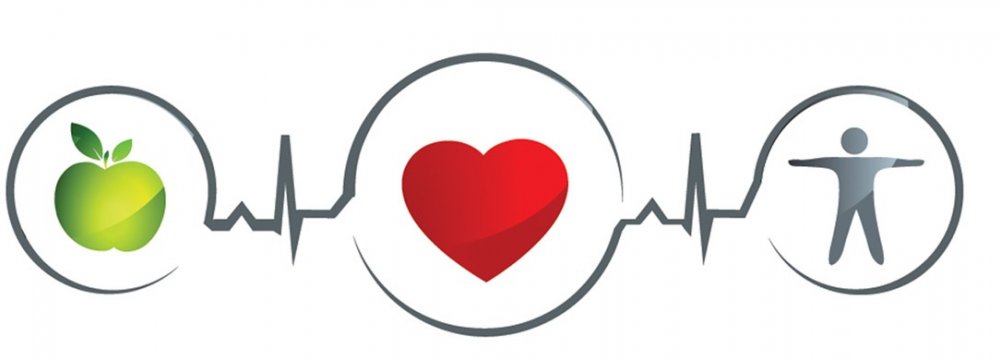Like in many developing countries in the world, Iran too is threatened by an increase in non-communicable diseases (NCDs) due largely to the increase in life expectancy and a rise in urban population. Exposure to tobacco, unhealthy diets, and physical inactivity are among the main risk factors for NCDs, primarily cardiovascular and lung diseases, cancer and diabetes.
Responding to the growing burden of NCDs, the World Health Organization developed a global action plan titled Package of Essential Non-Communicable (PEN) Diseases in 2013 for the prevention and control of NCDs. PEN is an innovative and action-oriented set of cost-effective interventions that can be delivered to an acceptable quality of care, even in resource-poor settings.
IraPEN, Iran’s adaptation of WHO PEN, was launched last year by the Ministry of Health to help improve universal health coverage, including access to NCD prevention and care and mental health services.
Under the action plan, Iran seeks to lower the risk of cancer and stroke in 30-70 year olds by 90% and reduce premature deaths from NCDs by 25% by 2025, Ali-Akbar Sayyari, former deputy health minister said.
IraPEN was piloted in four districts, including Naqadeh in West Azarbaijan, Shahreza in Isfahan, Maragheh in West Azerbaijan, and Baft in Kerman Province.
This week, WHO representatives presented their assessment of IraPEN’s national implementation to Health Ministry officials, after spending two weeks reviewing the areas where the plan was implemented.
Dr. Shanthi Mendis, a senior advisor in charge of management of non-communicable diseases at the WHO, expressed satisfaction with the progress made toward the program’s implementation over the past one and half years, in an interview with the government-owned Persian-language newspaper ‘Iran’.
“Efforts have been made towards creating electronic medical records for patients. Access to medicine has also been eased as part of IraPEN’s implementation,” he said.
The WHO official commended Iran’s commitment to expanding healthcare coverage under the salamat (healthcare) scheme.
In the past three years, the health ministry has insured nearly 11 million Iranians under the salamat scheme, meaning that those who were not previously covered, like the unemployed or the poor, are now under the insurance umbrella.
However, IraPEN still has a long way to go before achieving all its targets. “The program is still in its preliminary stages and cannot be used as a model for the whole country before being fully implemented in the pilot areas,” Mendis said. “Financial planning is the main challenge,” he added.
Since the 1970s, Iran’s urban population has tripled and life expectancies have risen. According to WHO data published in 2015, total life expectancy in Iran is 75.5 (76.6 years for females and 74.5 years for males), up from an average 52 years in 1970.






Add new comment
Read our comment policy before posting your viewpoints